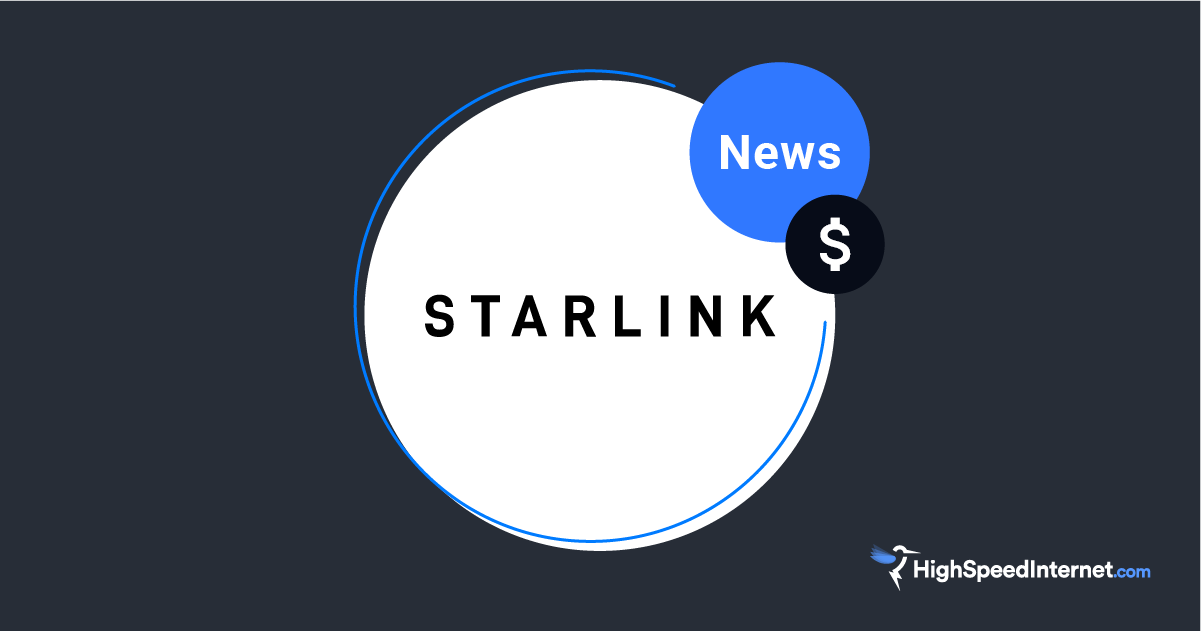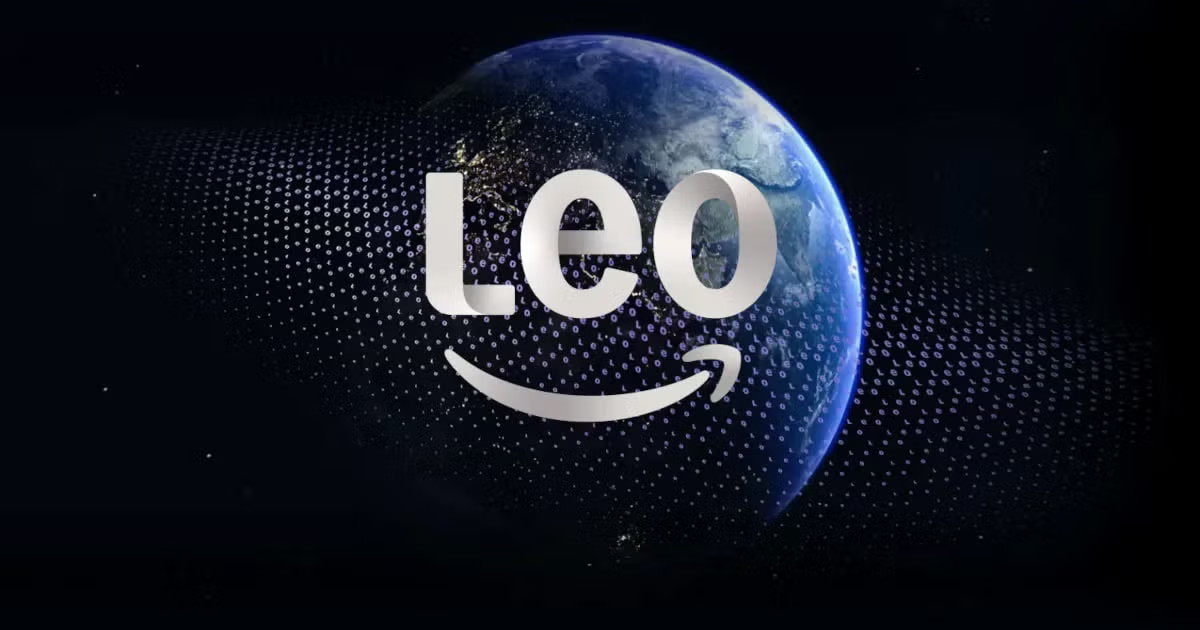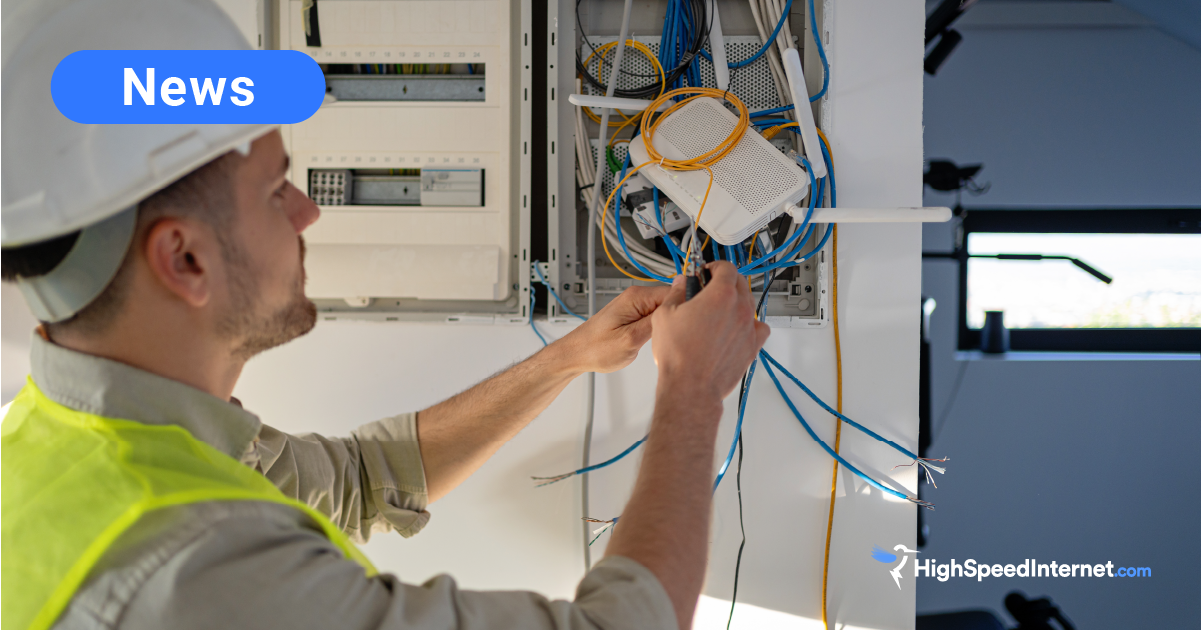Google Fiber Rolls Out New Plans
New lifestyle-based products add new features to existing services
Feb 3, 2025 | Share
News
After testing them out in a few cities, Google Fiber announced three new plans that it will roll out in additional cities over the next month. While very similar to its existing residential plans, the new ones come with unique features and perks to make your online experience a little bit smoother.
New Google Fiber plans
| Package | Price | Speed | Order online |
|---|---|---|---|
| Core 1 Gig | $70.00/mo. | 1,000Mbps | See Plans for Google Fiber |
| Home 3 Gig | $100.00/mo. | 3,000Mbps | See Plans for Google Fiber |
| Edge 8 Gig | $125.00/mo. | 8,000Mbps | See Plans for Google Fiber |
Data effective 1/29/2025. Offers and availability may vary by location and are subject to change.
If you’re familiar with Google Fiber’s existing plans, you might notice that very little has changed in terms of speed and price. While the $100 plan upgraded from 2Gbps to 3Gbps, the 1Gbps and 8Gbps plans are the same price as before. The difference is the additional features that the new plans boast, such as:
- Technicians setting up wired connections to key devices during installation
- New management tools in the app
- Guarantees of uptime on your connection
While some of these features are pretty great, most of them aren’t actually new. Google Fiber has always marketed itself as a premium service, and that shows in the quality of its customer experience. Its existing plans also come with free professional installation, a free router and mesh extenders, and performance verification. In fact, all the features that come with the new Core 1 Gig plan were features that I got when I first signed up for the basic 1 Gig plan back when that was the only plan Google Fiber offered.
That said, while the new features aren’t exactly groundbreaking, they don’t increase the cost of the plans they replace, so I’m certainly not complaining. And at the higher tiers, you do get some cool new features like a battery backup for your equipment and a guarantee of 99.9% uptime or your money back.
Is it worth the cost?
Google Fiber is very proud of the fact that its basic gigabit internet connection is still priced at $70, the same price it cost when the first Google Fiber city went online 15 years ago. It’s nice to see that despite creating a “new” gigabit plan, it’s sticking with that simple pricing scheme. It’s a pretty competitive price for a gigabit fiber connection, and the quality of the service and the equipment makes it stand out from the rest of the pack.
It is still worth mentioning that while the Core 1 Gig plan is advertised as the basic, bare-bones option, a 1Gbps connection is more than enough speed for most households. You’d be hard pressed to actually use 3 or 8 gigs worth of bandwidth unless you’re regularly downloading new software or you really want to make your own personal backup of the Library of Congress’ Digital Collections.
Want to find out what upload and download speed you’re currently getting? Take a speed test to find out.
Download speed
000 Mbps
Upload speed
000 Mbps
Latency (ping)
00 ms
Jitter
00 ms
Of course, there are some additional perks for upgrading besides the over-the-top speeds. I don’t think any of them are game-changers on their own, but if you were already tempted by the thought of a multigigabit connection, maybe a multigigabit connection and a battery seals the deal for you.
Expect more of this in the future
Google Fiber’s shift to providing unique lifestyle-based features for its customers is part of a bigger shift among internet providers that some analysts have been predicting for a while. Although telecom companies are some of the biggest players in the tech sector, their brands don’t have the same weight that other tech companies enjoy.
For example, even if the next iPhone is somewhat underwhelming, Apple has a lot of die-hard fans that will still pay top-dollar for the phone, rather than switching over to Android. In contrast, even if a company like AT&T offers the best internet service in your area, no one would think twice before switching to Xfinity if it started offering the same speeds for five bucks less.
To stand out from the competition, a lot of internet providers have started focusing on features that make them unique. These often include building a robust app for managing your connection, creating easy network management tools for your home network, or simply focusing on offering the best customer service.
As these harder-to-quantize features become more central to providers’ offerings, researching your internet options before choosing a plan will become increasingly important. This is where third-party comparison sites really come in handy. But you already know that because that’s why you’re here.
Google Fiber is still good
As one of the first providers to really push residential fiber-optic connections, Google Fiber already had a lot of goodwill associated with its brand, especially as a relatively small provider. And it’s still making headlines by offering faster and faster speeds, even if our online activities don’t seem to be keeping up.
While not a huge shift, these new plans highlight a lot of the things that already made Google Fiber great. As the new plans roll out to additional cities, customers can expect the same great service they’ve always had, but they might be able to get a few extra features as well.
Ready to get Google Fiber?
Enter your zip code to see if Google Fiber is available where you live.
Author - Peter Christiansen
Peter Christiansen writes about telecom policy, communications infrastructure, satellite internet, and rural connectivity for HighSpeedInternet.com. Peter holds a PhD in communication from the University of Utah and has been working in tech for over 15 years as a computer programmer, game developer, filmmaker, and writer. His writing has been praised by outlets like Wired, Digital Humanities Now, and the New Statesman.
Editor - Jessica Brooksby
Jessica loves bringing her passion for the written word and her love of tech into one space at HighSpeedInternet.com. She works with the team’s writers to revise strong, user-focused content so every reader can find the tech that works for them. Jessica has a bachelor’s degree in English from Utah Valley University and seven years of creative and editorial experience. Outside of work, she spends her time gaming, reading, painting, and buying an excessive amount of Legend of Zelda merchandise.


